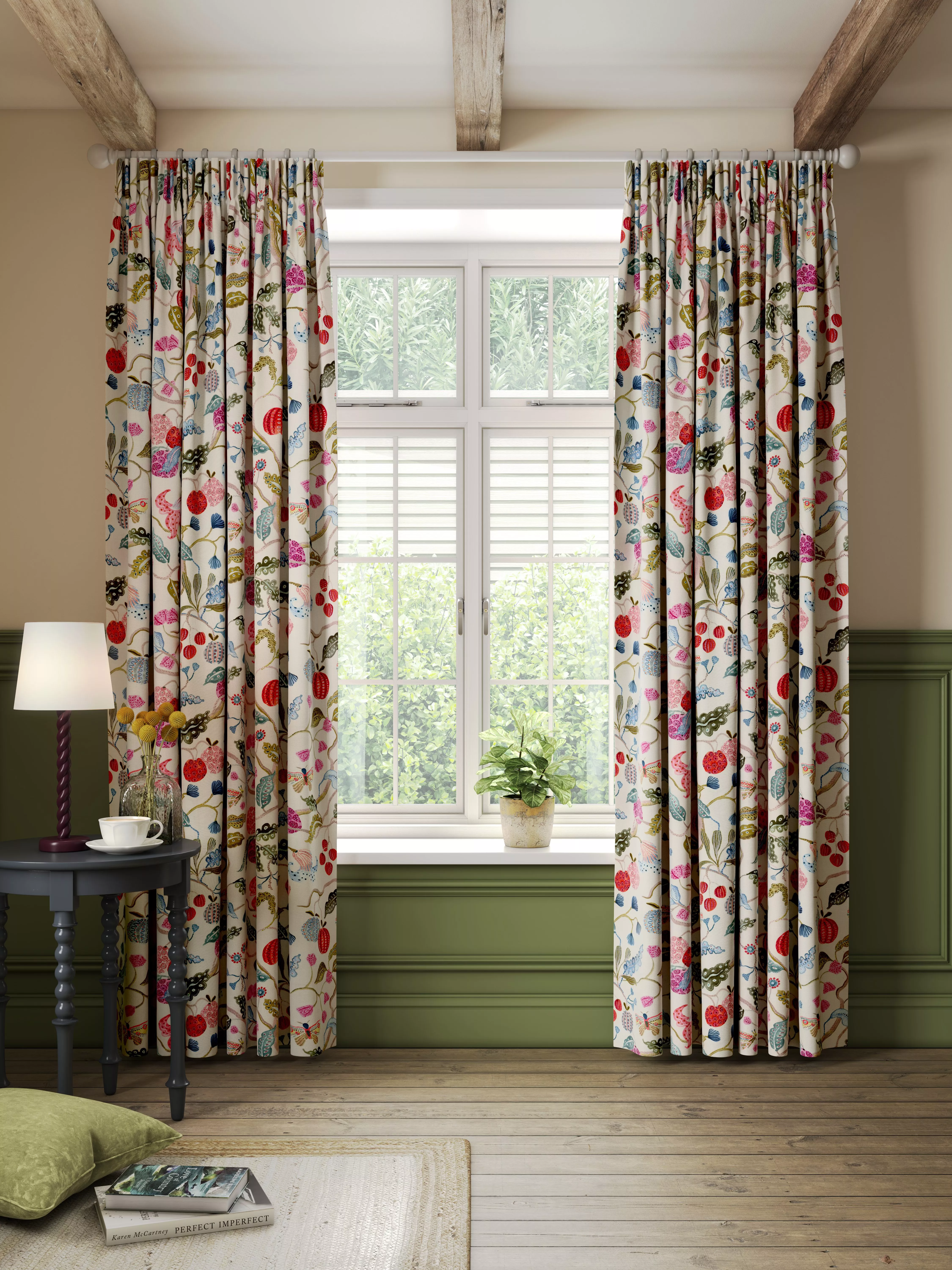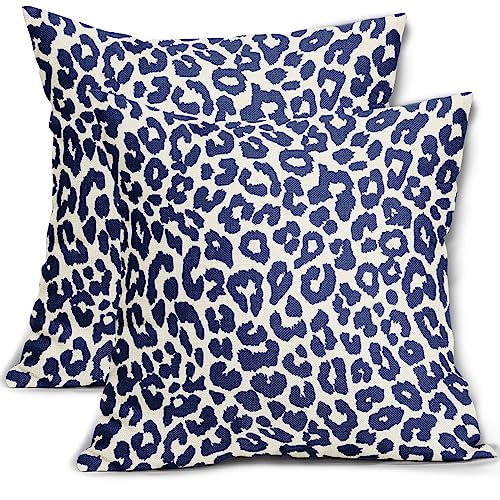Scandinavian People Don't Just Do Neutrals — Here's What You Can Learn From Their Take on Maximalism to Hone Colorful, Pattern-Filled Rooms
Interiors full of bold patterns and vibrant colors are thriving in a region typically known for a more muted, minimal approach to design
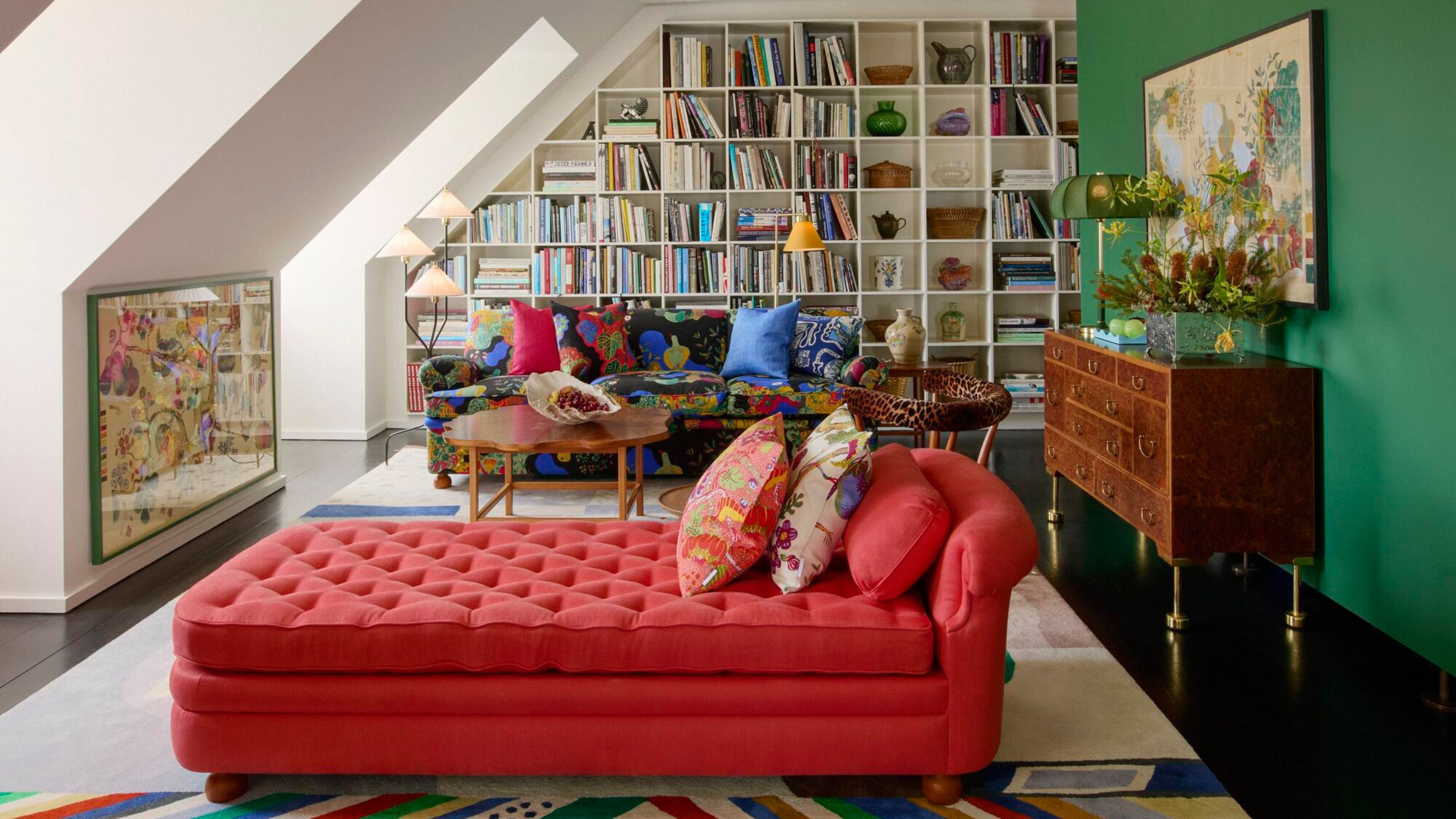

Interior design minimalists are often drawn to the work of Scandinavian designers. For them, a palette of pale colors and a streamlined floor plan is ideal for creating a calm, balanced feel. However, there’s a definite shift toward more eclectic styling from the region, with vibrant colors and distinctive bold patterns heralding the latest era of what has been dubbed ‘Scandinavian maximalism’.
Perhaps surprisingly, this is nothing new. “For years, Nordic design has been less decorative than that of other countries, but the maximalist look actually has its roots in Scandinavian design from decades ago,” reveals Dorothea Gundtoft, author of Real Nordic Living: Design, Food, Art, Travel. She notes the colors, patterns, and shapes in the work of luminaries like Verner Panton and Nanna Ditzel as primary influences of the look, which shares an approach with the more traditionally restrained Scandi style. “We consider balance, calmness, and usability even in our most maximalist spaces,” she adds.
So, what is Scandinavian maximalism, and how can you bring the look into your own space? Let's discuss.
What is Scandinavian Maximalism in Interior Design?
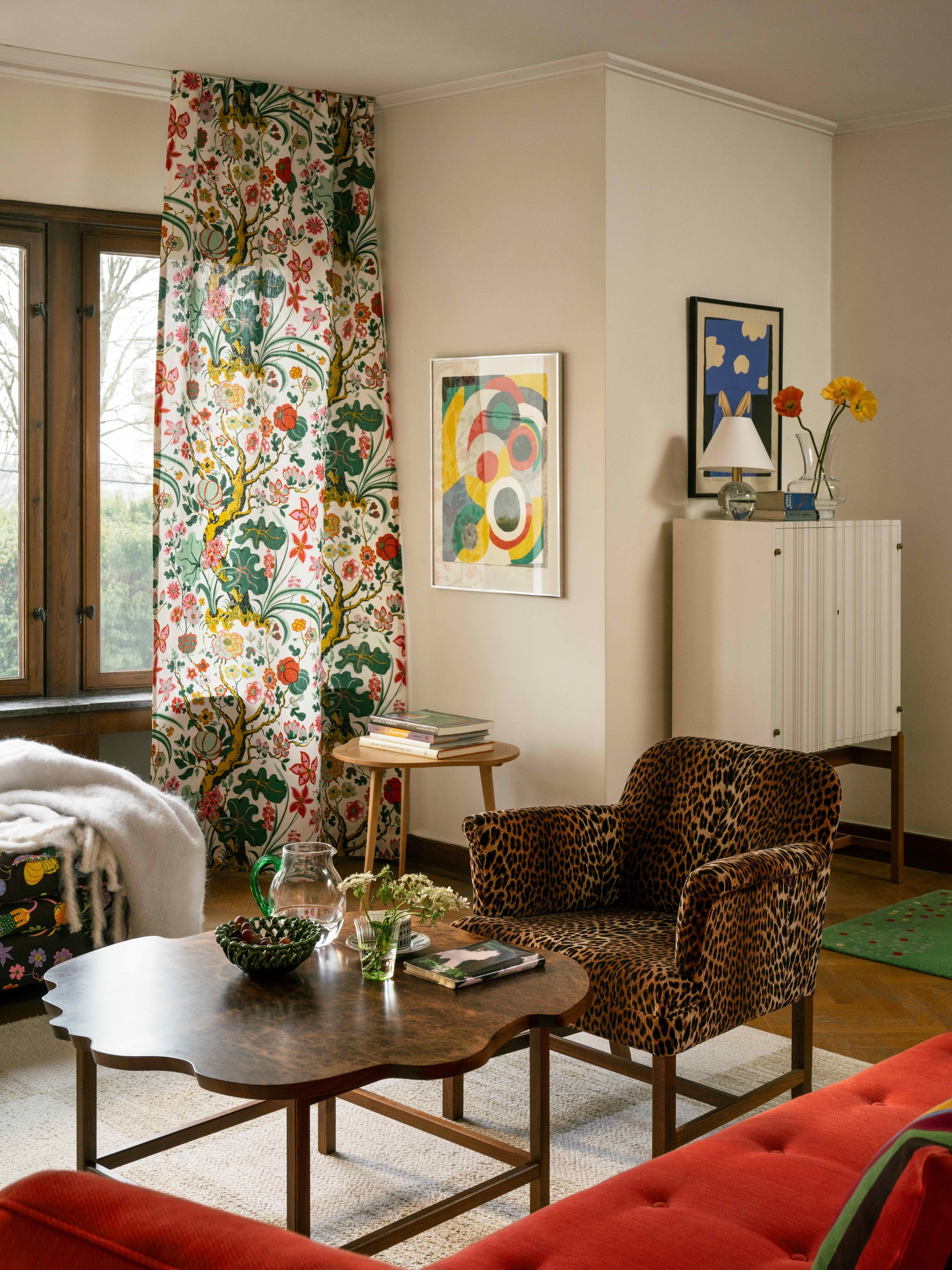
Svenskt Tenn offer furniture, fabrics and other pieces that celebrate the creativity and craftsmanship involved in Scandinavian maximalism.
“The hallmarks of this look are vibrant colors and patterns and a deep respect for craftsmanship,” explains Tora Grape from the design studio and interiors emporium Svenskt Tenn. The brand, originally founded in 1924, is considered by many to be the guardian of the Scandinavian maximalist look and is the champion of Josef Frank’s bold, botanical designs. “The style is all about creating interiors that express personality and offer comfort,” she says.
And Scandinavian maximalism is enjoying a moment in the spotlight again. “While this has been our signature look for a century, we’re definitely noticing this broader shift toward bold, joyful design,” says Tora. “We believe this movement reflects people’s desire for lasting, character-rich pieces over trend-driven choices. This approach to decorating, which has become more popular since the pandemic, is timeless as it creates spaces that feel layered, lived-in, and full of personality.”
For a modern twist on the look, Svenskt Tenn created a space during the recent 3daysofdesign 2025 festival in Copenhagen. A leopard-print armchair sat beside a sofa covered in colorful floral fabric, while antique art hung on the walls. “We were aiming to create a cozy atmosphere rather than perfection,” says Tora. “This is maximalist interiors with meaning, deeply personal, and full of homeliness.”
How to Get the Scandinavian Maximalism Look
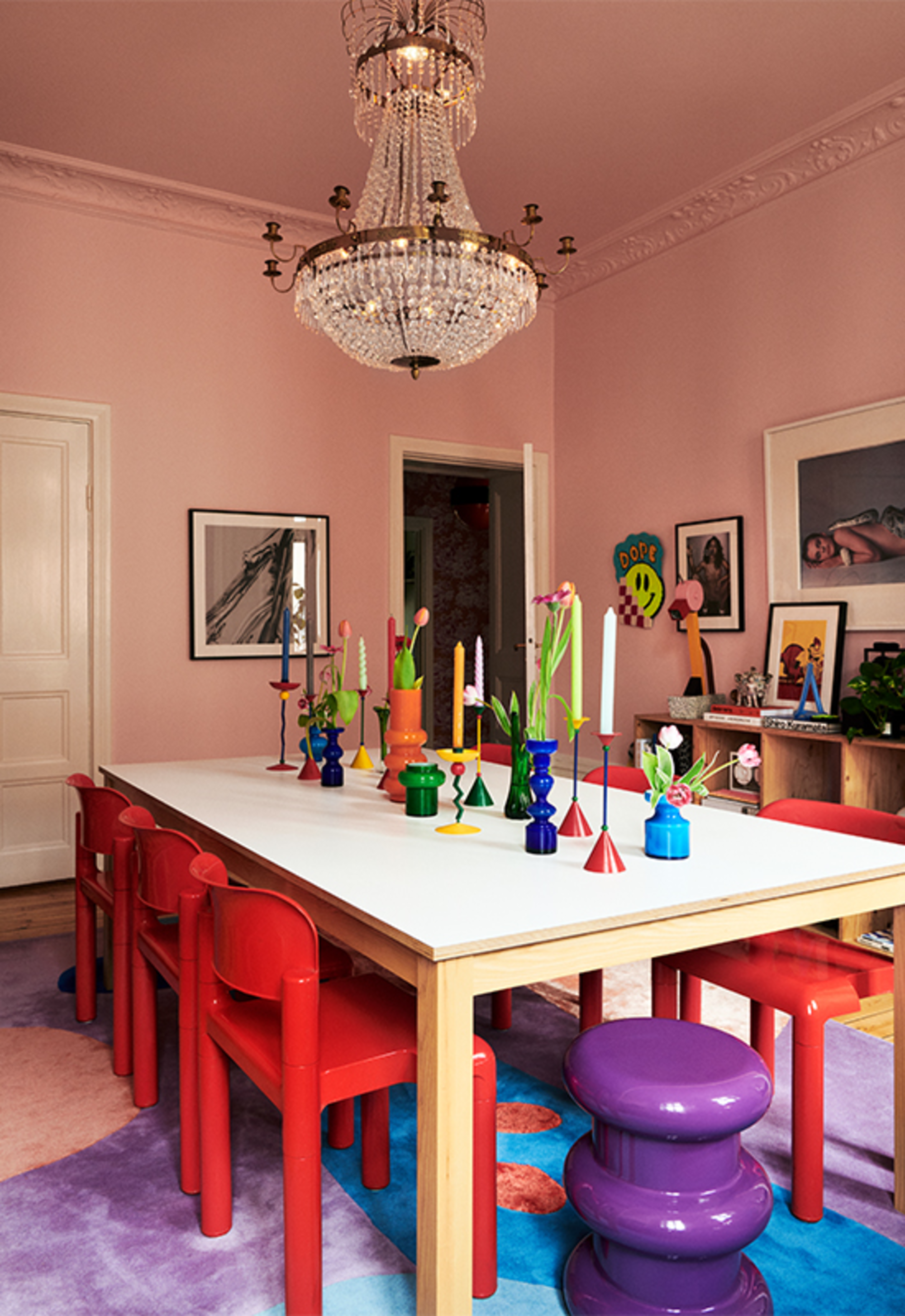
This dining room proves that a colorful rug can build the Scandinavian maximalism look from the ground up.
If you’re looking to slowly layer in bolder pieces to your decorating scheme, don’t feel you have to go completely overboard with Scandinavian maximalism.
The Livingetc newsletters are your inside source for what’s shaping interiors now - and what’s next. Discover trend forecasts, smart style ideas, and curated shopping inspiration that brings design to life. Subscribe today and stay ahead of the curve.
“Start with one bold piece you love and let that guide the rest,” says Malin Glemme, founder and creative director of Scandinavian design brand LAYERED.
“You want maximalism with heart and heritage,” she says. “It’s not about filling every corner, but curating a home that tells a story.”
Malin Glemme is a champion of Scandinavian design and founded her textile brand, LAYERED, back in 2015. In addition to creating her own pieces, she also collaborates with emerging artists. “Driven by ambition to inspire, we push Scandinavian design to the forefront,” she says.
Consider introducing a bold rug underfoot to add personality. “We see our rugs as centerpieces, with the power to completely shift the atmosphere of a space,” says Malin.
Her brand has recently collaborated with Poppy Kalas, a floral artist based in Denmark. “This new wave of creatives proves that color and pattern aren’t just in spaces for decoration, but for creating interiors that feel more personal and intuitive," she adds. "Playful textiles add joy, emotion, and a little attitude.”
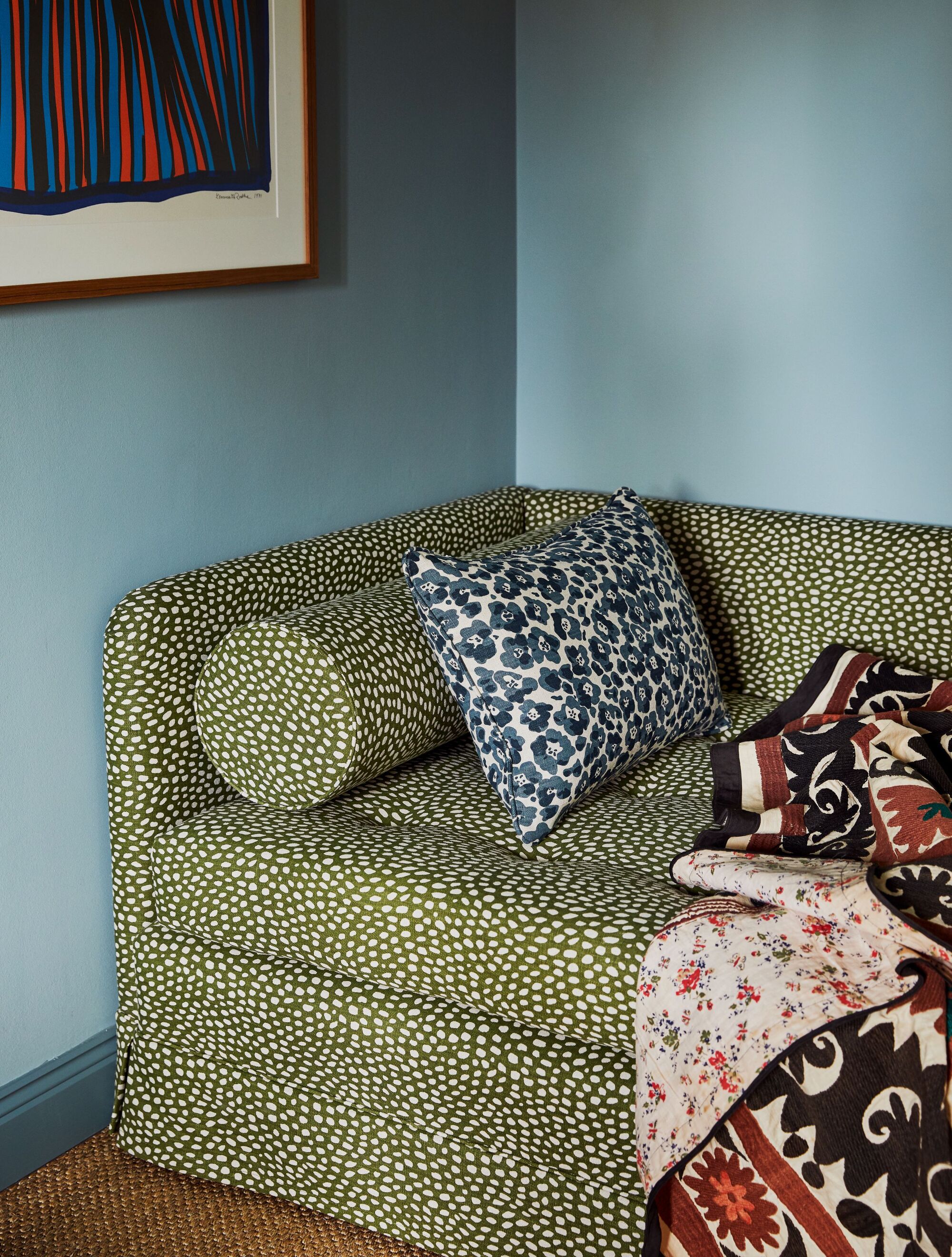
Cathy Nordström textiles offer a contemporary take on the Scandinavian maximalist look.
Other contemporary names to know? Scandinavian interior designer Beata Heuman is respected for bringing an imaginative take on Scandinavian maximalism to homes across the world, while textile designer Cathy Nordström creates fabrics and wallpapers well worth a trip to her headquarters in Stockholm.
“She’s great at incorporating color and pattern with style, which is very much an important factor of Scandinavian maximalism,” says design writer Dorothea Gundtoft.
Dorothea Gundtoft is a bestselling author who has written three books about Scandinavian design, including Real Nordic Living: Design, Food, Art, Travel. She regularly writes on the region’s creative sector for magazines and newspapers across the world.
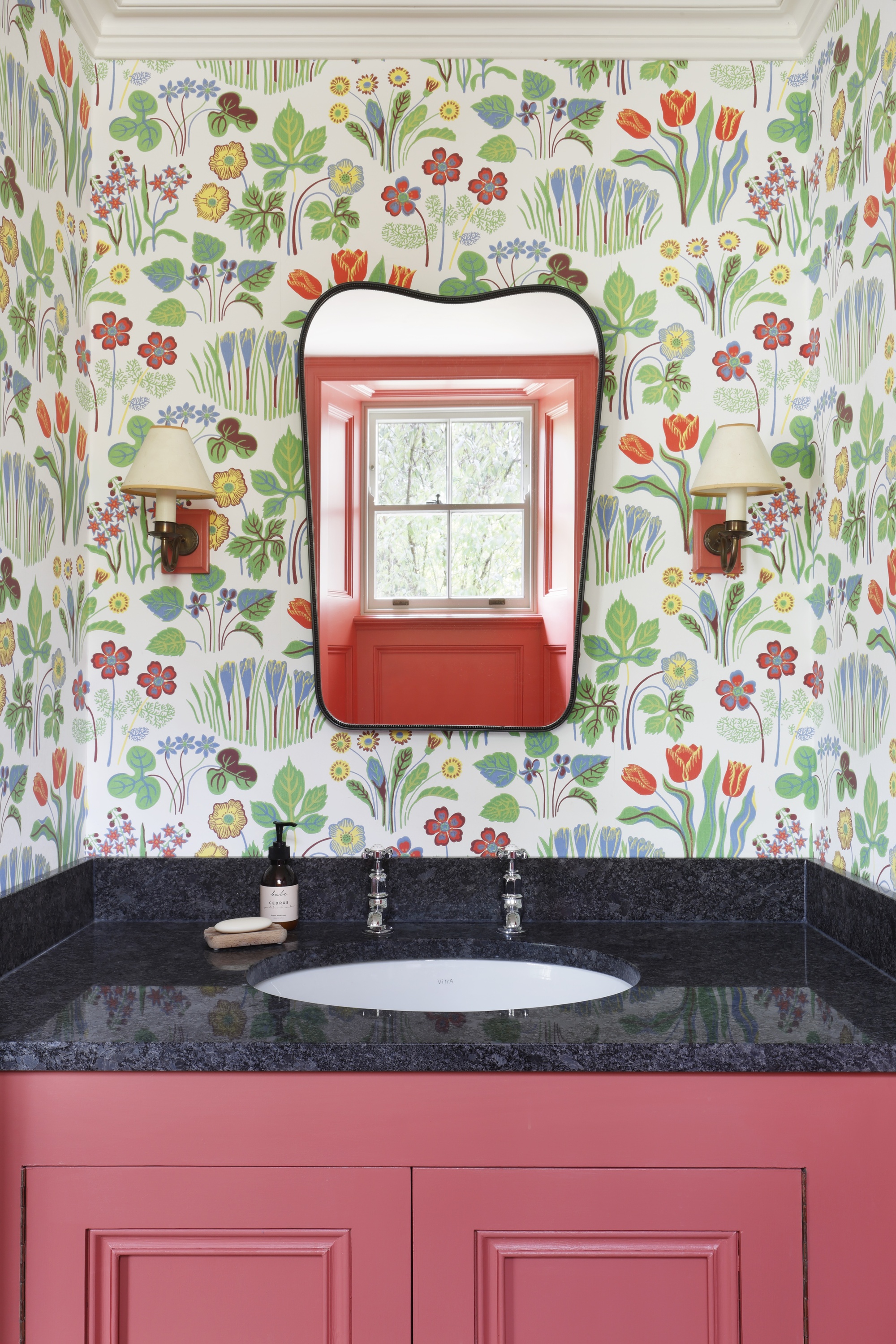
An iconic ‘Vårklockor’ wallpaper design by Josef Frank transforms this bathroom into a colorful, playful space.
Josef Frank is a historic name associated with Scandinavian maximalism, and his floral designs are a timeless way to bring the look to your space.
“We use Josef Frank wallpapers to bring joy to a space, with his unexpected color combinations a huge contrast to designs from other parts of the world,” says interior designer Charlotte Meyer from London-based studio, Turner Pocock. “An element of Scandinavian maximalism in a room can make it feel modern and fresh, with the eclectic look feeling joyful and vibrant.”
While the overall look of Scandinavian maximalism is undoubtedly busier and bolder than the more pared-down Scandi aesthetic you might be used to, it’s not contradictory to it. The same principles of craftsmanship and sustainable materials run throughout the look, and it has the same considered approach to form and function. This is simply a more imaginative, storybook interpretation of the Scandi look you already know and love.
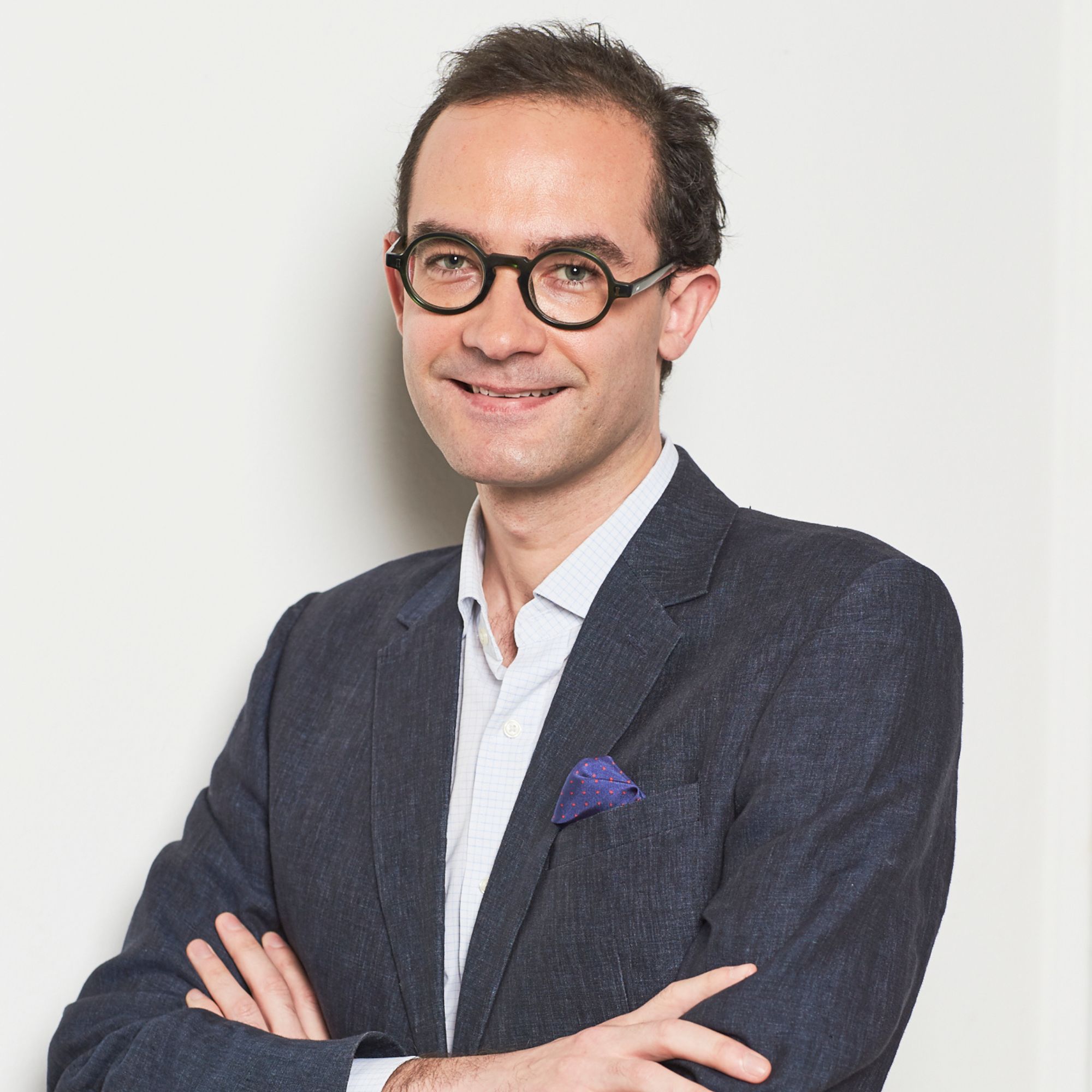
James Cunningham is a freelance journalist based in London. He has written extensively on design and decorating for some of the UK’s leading publications, including House Beautiful, ELLE Decoration, and Country Living, and previously served as Homes and Gardens Editor at Good Housekeeping. When he’s not at his desk, James can be found globetrotting in search of good food, better wine, and the best architecture.
